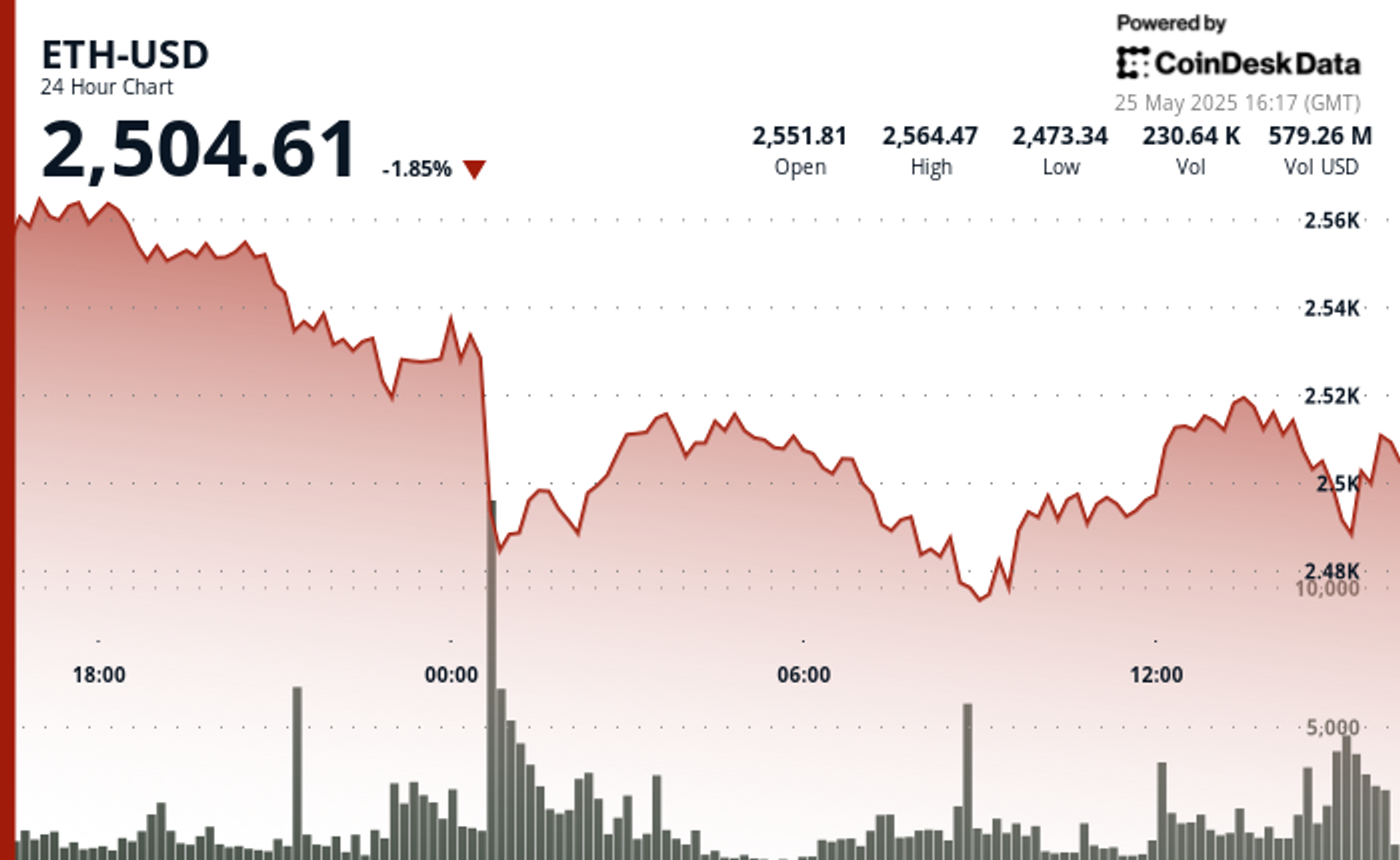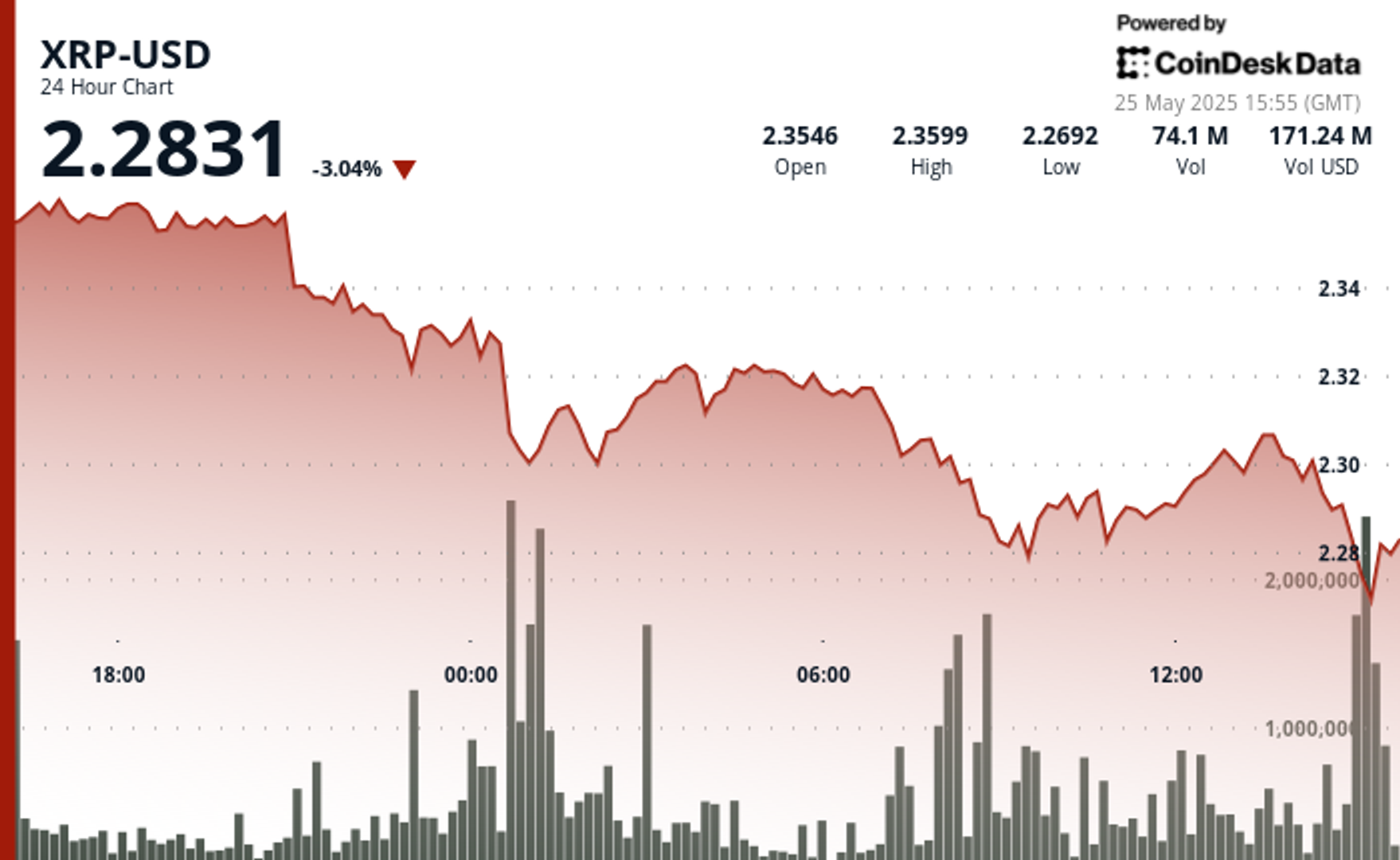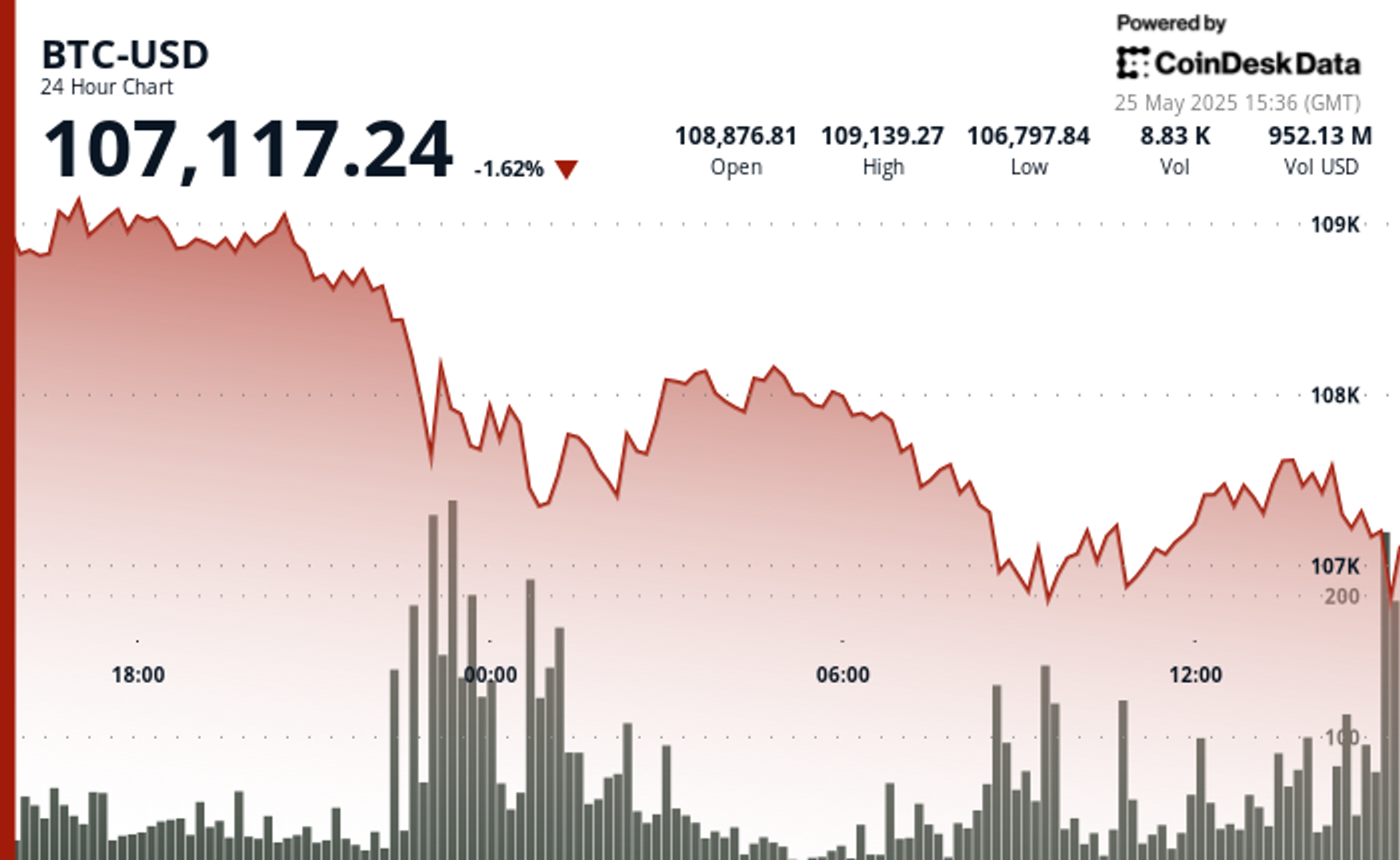Uncategorized
Agents of Evolution: Crypto’s Next Act

Crypto Twitter has been overrun by sentient, well informed chatbots which reply at the speed of refreshing your browser and can maintain hundreds of simultaneous conversations without missing a beat. To many, the rise of these on-chain agents is a welcome upgrade from human influencers like BitBoy and GCR, who have mixed track records and opaque incentives. These agents, like on-chain analyst AIXBT, have quickly risen to the top of crypto twitter influencer mindshare rankings, given their ability to respond at the speed of the internet and justify opinions with data.
Today AIXBT is one of few agents that trades at a nine figure valuation, but as the number of utility-focused agentic launches accelerates next year, many will compare this new agentic asset class to the similar explosion of NFTs in 2021.
On-chain agents and NFTs share many similarities: they curate communities and organize attention, they’re fun to speculate on and offer vague promises of future value. But most importantly they represent novel assets, with no analogue in the traditional finance world.
After the SEC’s lawsuits targeting NFT projects like Flyfish Club and Stoner Cats made it nearly impossible to build an innovative idea with that primitive, NFTs as unique assets lost momentum. In the vacuum left behind, memecoins surged forward, offering a mix of humor and speculative fervor to fill the void once occupied by NFTs’ ambitious promises. Because they looked like other trading-only assets which were lightly regulated, the SEC was unable to stifle their development as they did in every other corner in crypto. Memecoins required users to make fewer choices, versus NFTs which combined aspects like rarity and tier that obfuscated any underlying value. Their use was supercharged by platforms like pump.fun, which reduced the creation of new memecoins to just a couple clicks, setting off a frenzy of speculation and new user behaviors tied to token price appreciation. You can find a compilation of the more extreme attempts here.
Yet, amid this speculative chaos, a new asset has emerged which is engendering similar user behaviors to NFTs and memecoins: on-chain agents. These digital entities combine blockchain technology with artificial intelligence to deliver novel user experiences. Though most agents today are indistinguishable from memecoins, several on-chain agents have begun to differentiate themselves through utility.
The Rise of On-Chain Agents
Agents represent another asset class in crypto experimenting with new business models and monetization. From AI-generated podcasts to investment insights and anonymous communication, these virtual entities have already reshaped how much of crypto Twitter (X) interacts. The biggest on-chain agents have mindshare bigger than the biggest human crypto-native influencers, and make money similarly: by token-gating information and offering subscriptions. Their distinguishing features — utility-driven frameworks and fair-launch principles — should make agents a more investible asset class than memes. Seen through the lens of hold period, liquidity, and utility, the distinction is even more clear.
Because we suspect investors will hold agents longer term than memecoins, and they create liquidity for themselves through their business models, crypto-focused investors will find this asset class easier to back once the initial frenzy has cleared. Until the business models flourish however, picking agents to invest can be likened to throwing darts at a board.
Early Innovators in On-Chain Agents
The on-chain agent market remains nascent, with most projects still in development. While projects like Truth Terminal set off the frenzy by showing the world that agents could have mimic real people, newer projects have focused on utility. Trained on data from crypto Twitter, AIXBT delivers lightning-fast insights on token dynamics, rivaling the influence of major crypto personalities. Others like Luna have proliferated as entertainment agents, interacting with thousands of people through twitter and TikTok.
Having spent the last two weeks experimenting with many of these, here are five more that are worth playing with. It’s unclear whether any of these are valuable investment opportunities, only that they offer differentiated user experiences.

These projects illustrate the diversity and ingenuity of the on-chain agent ecosystem, laying the foundation for its expansion. Each offers a novel AI-powered user experience that anybody can experiment with. Over time, we suspect that continued engagement may even allow them to create moats. While unclear where these may come from today, Dunbar’s Number provides a helpful framework. It defines the cognitive limit on the number of meaningful social relationships humans can maintain, and is around 150. Agents that create value by maintaining a nearly infinite number of simultaneous relationships, like AIXBT, unlock opportunities beyond what the human brain can cognitively do.
The Big Picture
History doesn’t repeat but it rhymes is an adage you’ll see on the twitter feed of every degen that’s ever lost 90% on a trade, but also proves unfailingly true. At the outset of the fourth bull run of the last two decades, it’s hard to ignore the comparisons.
DeFi summer was set off by the realization that centralized fintech companies often act against their customers. Famously, when Robinhood stopped out retail traders in favor of the big guns in Citadel, these traders realized that big regulated central companies may not be acting in their best interests.
Interestingly, a very similar dynamic is afoot in AI. The biggest companies like ChatGPT have struck multi-year deals with companies like Apple, allowing them to ingest people’s personal iPhone data without much accountability. As such, the violent price swings on agents traded on-chain may be front running this latest rhyme. It’s unclear how this dynamic will play out however. Beyond the agents themselves, agentic frameworks like ai16z’s Eliza and the Virtuals platform may capture value more clearly. The latter is already the breakout performer of the last quarter price-wise: given the inherent uncertainty, investing in an index of agents makes sense. I suspect this is because while agents are inherently interesting, it’s unclear that their usefulness will compound and that the attention dedicated to them will be lasting.
There is an old story about the market craze in sardine trading in a period of relative food scarcity. The commodity traders bid them up and the price of a can of sardines soared. One day a buyer decided to treat himself to an expensive meal and actually opened a can and started eating. He immediately became ill and told the seller the sardines were no good. The seller said, “You don’t understand. These are not eating sardines, they are trading sardines.”
As scarcity returns to the market it’s worth remembering agents can be a trillion dollar asset class. But for now, save for a handful, they’re still sardines.
Uncategorized
Ethereum Surges After Holding $2,477, Fueled by Very Heavy Trading Volume

Global economic tensions and trade disputes continue to influence cryptocurrency markets, with ETH showing resilience despite broader market uncertainty.
The second-largest cryptocurrency is currently navigating a critical technical zone between $2,500-$2,530, which analysts identify as immediate resistance that must be overcome for continued upward movement.
Institutional interest remains strong, with spot Ethereum ETFs recording consecutive days of positive inflows, signaling growing confidence from larger investors despite the recent volatility.
Technical Analysis Highlights
- 24-hour ETH price action revealed a substantial 3.5% range ($99.85).
- Sharp sell-off during midnight hour saw price plummet to $2,477.40, establishing a key support zone.
- Extraordinary volume (291,395 units, nearly 3x average) confirmed the significance of the support level.
- Buyers stepped in at the $2,467-$2,480 support band, confirmed by high-volume accumulation during the 08:00-09:00 period.
- Recent price action shows bullish momentum with ETH reclaiming the $2,515 level.
- Potential higher low pattern suggests the correction may have found its bottom.
- $2,520-$2,530 area remains the immediate resistance to overcome for continued upward movement.
- Significant bullish surge at 13:35 saw price jump from $2,515.85 to $2,521.79, accompanied by exceptional volume (5,839 units).
- Sharp reversal occurred at 14:00, with price dropping 5.07 points to $2,508.02 on heavy volume (4,043 units).
- Hourly range of 14.46 points ($2,508.02-$2,522.48) demonstrates market indecision.
External References
- «Ethereum Holds Above Key Prices – Data Points To $2,900 Level As Bullish Trigger«, NewsBTC, published May 24, 2025.
- «Ethereum Forms Inverse H&S – Bulls Eye Breakout Above $2,700 Level«, Bitcoinist, published May 25, 2025.
- «Ethereum Price Analysis: Is ETH Primed for a ‘Healthy’ Correction?«, CryptoPotato, published May 25, 2025.
Uncategorized
XRP Plunges Below $2.30 Amid Heavy Selling Pressure

Global economic tensions are weighing heavily on cryptocurrency markets as XRP experiences a significant correction amid heavy selling pressure.
The recent announcement of potential 50% tariffs on European Union imports by the US government has triggered widespread market uncertainty, with XRP falling alongside most major cryptocurrencies despite Bitcoin recently reaching new all-time highs.
Technical analysts point to critical support at the $2.25-$2.26 range, with market watchers warning that a break below this level could trigger deeper corrections toward the $1.55-$1.90 zone.
Meanwhile, institutional interest remains strong with Volatility Shares launching an XRP futures ETF and leveraged ETF inflows surging despite the price dip, suggesting Wall Street continues accumulating positions during market weakness.
Technical Analysis Highlights
- XRP underwent a notable 3.46% correction over the 24-hour period, with price declining from $2.361 to $2.303, creating an overall range of $0.084 (3.57%).
- The most significant price action occurred during the midnight hour (00:00), when XRP plummeted to $2.297 on exceptionally high volume (37.1M), establishing a strong volume-based support zone.
- A secondary sell-off at 08:00 saw price touch the period low of $2.280 with the highest volume spike (39.9M), confirming a double-bottom formation.
- In the last hour, XRP experienced significant volatility with a recovery attempt following the earlier correction.
- After reaching a low of $2.297 at 13:11, price formed a base around $2.298 before staging a substantial rally beginning at 13:27, peaking at $2.307 at 13:36-13:39 with exceptionally high volume (627K-480K).
- This bullish momentum created a clear resistance zone at $2.307, which was tested multiple times.
- The final 15 minutes saw profit-taking pressure emerge, with price retracing to $2.300, establishing a short-term support level that aligns with the psychological $2.30 threshold.
External References
- «XRP Price Watch: Consolidation or Collapse? Market Holds Breath Near $2.35«, Bitcoin.com News, published May 24, 2025.
- «XRP Price Prediction For May 25«, CoinPedia, published May 25, 2025.
- «XRP Risks Fall To $1.55 If This Support Level Fails – Analyst«, NewsBTC, published May 25, 2025.
Uncategorized
Bitcoin Drops Below $107.5K as Trump Tariff Threat Triggers Crypto Sell-Off

Bitcoin’s recent pullback has established strong volume-based resistance near $108,300, with support forming in the $106,700-$107,000 zone.
The correction accelerated with a notable price surge from $107,373 to $107,671 between 13:06-13:36, followed by a sharp reversal.
Technical analysis suggests Bitcoin is now trading within a compression zone, trapped between two major fair value gaps that will determine the upcoming market direction.
If bulls reclaim the $109K to $110K area, price could push toward resistance beyond $112K, while a break below $107,000 might test liquidity around $106K.
Technical Analysis Breakdown
- The decline accelerated during the 22:00-23:00 hour on May 24th with exceptionally high volume (16,335 BTC), establishing a strong volume-based resistance near $108,300.
- Support has formed in the $106,700-$107,000 zone where buyers emerged during the 09:00-10:00 period on May 25th, though recovery attempts have been modest with price consolidating around $107,500.
- The overall technical structure suggests a short-term bearish trend with potential for further consolidation before directional clarity emerges.
- Bitcoin experienced significant volatility with a notable price surge from $107,373 to $107,671 between 13:06-13:36, followed by a sharp reversal that saw prices decline to $107,393 by 14:00.
- The most substantial price movement occurred during the 13:35 minute candle where BTC jumped nearly $150 with exceptionally high volume (148.76 BTC), establishing temporary resistance around $107,630.
- Support formed near $107,400 where buyers emerged during the final minutes of the period, though the overall technical structure suggests continued consolidation within the broader correction from the $109,239 high.
External References
- «Bitcoin Price Prediction for May 25: Will Bulls Defend $108K or Is a Deeper Drop Ahead?«, Coin Edition, published May 24, 2025.
- «Why is Bitcoin Price Dropping Now? Will BTC Price Go Down to $100K?«, CoinPedia, published May 24, 2025.
- «Bitcoin Price Analysis: BTC Displays Signs of Weakness Following New All-Time High«, CryptoPotato, published May 25, 2025.
-

 Fashion7 месяцев ago
Fashion7 месяцев agoThese \’90s fashion trends are making a comeback in 2017
-

 Entertainment7 месяцев ago
Entertainment7 месяцев agoThe final 6 \’Game of Thrones\’ episodes might feel like a full season
-

 Fashion7 месяцев ago
Fashion7 месяцев agoAccording to Dior Couture, this taboo fashion accessory is back
-

 Entertainment7 месяцев ago
Entertainment7 месяцев agoThe old and New Edition cast comes together to perform
-

 Business7 месяцев ago
Business7 месяцев agoUber and Lyft are finally available in all of New York State
-

 Sports7 месяцев ago
Sports7 месяцев agoPhillies\’ Aaron Altherr makes mind-boggling barehanded play
-

 Sports7 месяцев ago
Sports7 месяцев agoSteph Curry finally got the contract he deserves from the Warriors
-

 Entertainment7 месяцев ago
Entertainment7 месяцев ago\’Better Call Saul\’ has been renewed for a fourth season





